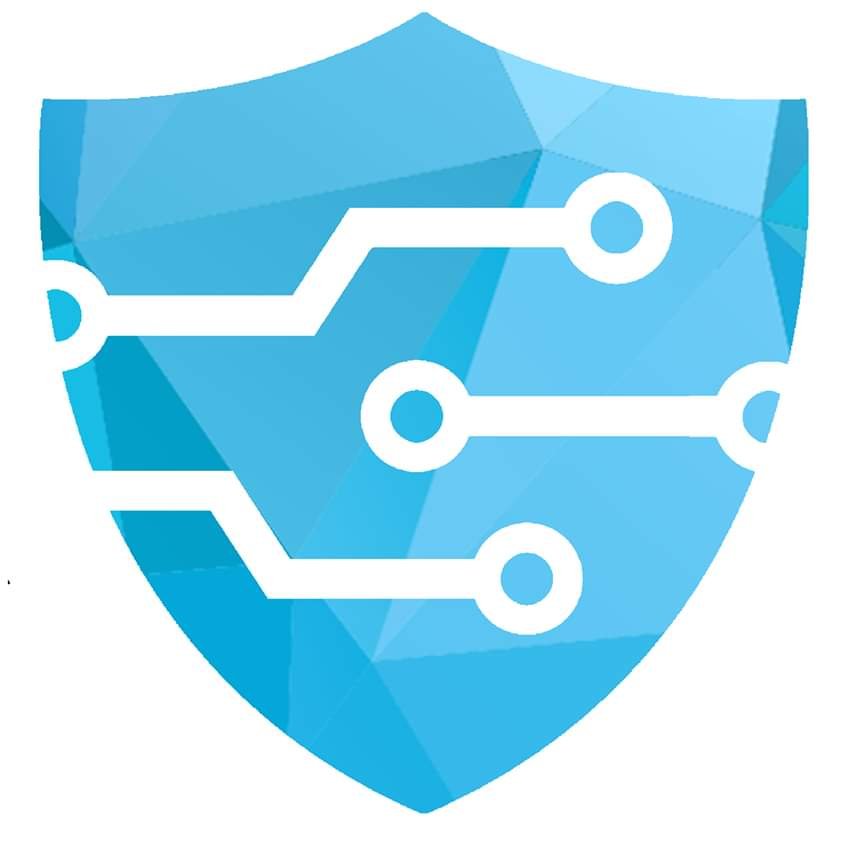
INTRODUCTION
A blockchain is a growing list of records, called blocks, which are linked using cryptography. Each block contains a cryptographic hash of the previous block, a timestamp, and transaction data (generally represented as a merkle tree root hash)
By design, a blockchain is resistant to modification of the data. It is “an open, distributed ledger that can record transactions between two parties efficiently and in a verifiable and permanent way For use as a distributed ledger, a blockchain is typically managed by a peer-to-peer network collectively adhering to a protocol for inter-node communication and validating new blocks. Once recorded, the data in any given block cannot be altered retroactively without alteration of all subsequent blocks, which requires consensus of the network majority. Although blockchain records are not unalterable, blockchains may be considered secure by design and exemplify a distributed computing system with high Byzantine fault tolerance. Decentralized consensus has therefore been claimed with a blockchain.
Blockchain was invented by Satoshi Nakamoto in 2008 to serve as the public transaction ledger of the cryptocurrency bitcoin. The invention of the blockchain for bitcoin made it the first digital currency to solve the double-spending problem without the need of a trusted authority or central server. The bitcoin design has inspired other applications, and blockchains which are readable by the public are widely used by cryptocurrencies. Private blockchains have been proposed for business use. Sources such as the Computerworld called the marketing of such blockchains without a proper security model.
The first work on a cryptographically secured chain of blocks was described in 1991 by Stuart Haber and W. Scott Stornetta. They wanted to implement a system where document timestamps could not be tampered with. In 1992, Bayer, Haber and Stornetta incorporated Merkle trees to the design, which improved its efficiency by allowing several document certificates to be collected into one block.
The first blockchain was conceptualized by a person (or group of people) known as Satoshi Nakamoto in 2008. Nakamoto improved the design in an important way using a Hashcash-like method to add blocks to the chain without requiring them to be signed by a trusted party.[6] The design was implemented the following year by Nakamoto as a core component of the cryptocurrency bitcoin, where it serves as the public ledger for all transactions on the network.
In August 2014, the bitcoin blockchain file size, containing records of all transactions that have occurred on the network, reached 20 GB (gigabytes). In January 2015, the size had grown to almost 30 GB, and from January 2016 to January 2017, the bitcoin blockchain grew from 50 GB to 100 GB in size.
The words block and chain were used separately in Satoshi Nakamoto’s original paper, but were eventually popularized as a single word, blockchain, by 2016. The term blockchain 2.0 refers to new applications of the distributed blockchain database, first emerging in 2014. The Economist described one implementation of this second-generation programmable blockchain as coming with “a programming language that allows users to write more sophisticated smart contracts, thus creating invoices that pay themselves when a shipment arrives or share certificates which automatically send their owners dividends if profits reach a certain level.
As of 2016, blockchain 2.0 implementations continue to require an off-chain oracle to access any “external data or events based on time or market conditions that need to interact with the blockchain.
IBM opened a blockchain innovation research center in Singapore in July 2016. A working group for the World Economic Forum met in November 2016 to discuss the development of governance models related to blockchain.
According to Accenture, an application of the diffusion of innovations theory suggests that blockchains attained a 13.5% adoption rate within financial services in 2016, therefore reaching the early adopters phase. Industry trade groups joined to create the Global Blockchain Forum in 2016, an initiative of the Chamber of Digital Commerce.
In May 2018, Gartner found that only 1% of CIOs indicated any kind of blockchain adoption within their organisations, and only 8% of CIOs were in the short-term ‘planning or [looking at] active experimentation with blockchain.
In reference with the motion of this article, Today! I will be presenting you a particular undisputed project called: SECURYPTO
WHAT IS SECURYPTO?
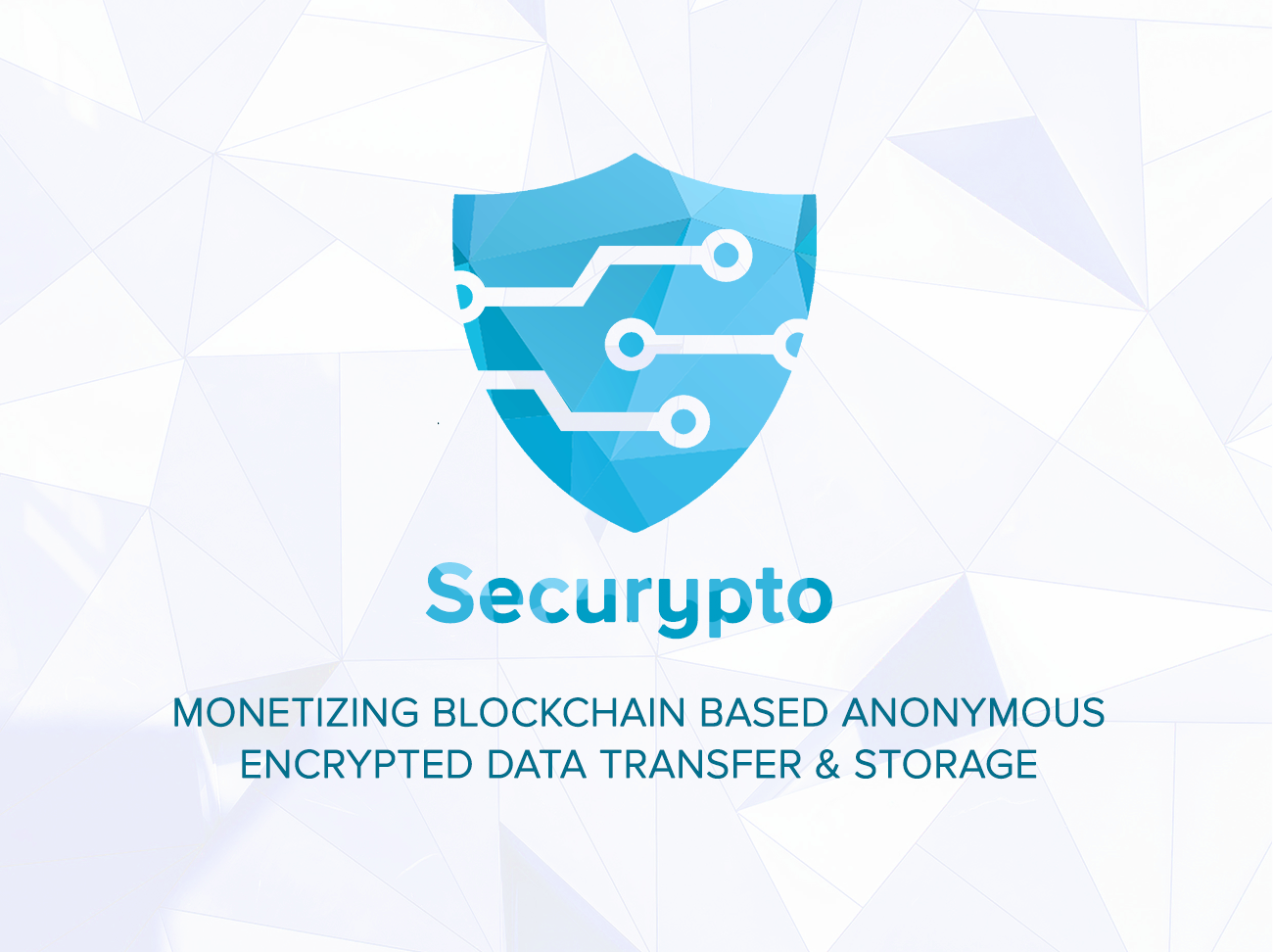
Securypto is a Zerocoin, Masternode based blockchain project that focuses on anonymous storage and encryption. Market Incentives Increasing Income With Anonymity Distribution. Create emerging markets. Transfer or save encrypted messages and files that can not be found through the Internet. It is connected to an open security sheet for additional security layers. It is accomplished with the combination of specially designed hardware, software and block networks.
A market agitation technology by:
- Monetizing anonymous content distribution, creating a new emerging market.
- Transfer or store truly untraceable encrypted messages & files across the internet.
- Linked to an open source hardware wallet for an extra security layer.
All Achieved by a combination of specially designed Hardware, Software & Blockchain.
The following three unique key combinations (Software, dedicated hardware and lockchain) opens a wide and various door of opportunity to solve many internet related issues and at the same time add a secure, anonymous and privacy layer on the top of it.
ABOUT SECURYPTO

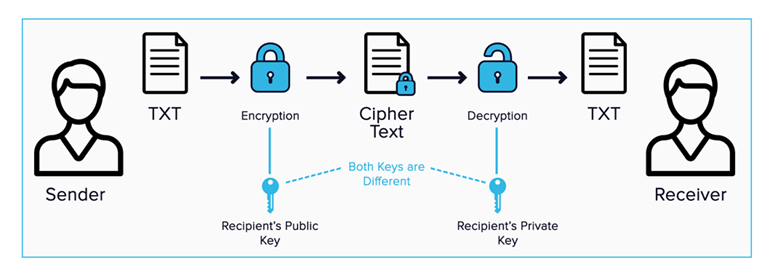

Securypto is not just an blockchain, but an opensource project aimed to redesign how we save and transfer data to protect our privacy!
Securypto blockchain is what adds a privacy layer on the top of all the features offered by the dedicated hardware (DSG) and the software. At the same time, it creates a Paid-Content-Management which enables the users to get rewarded for their uploaded content and the hosts to get paid for their hosting facilities and for this you need SCU coins.
Dedicated open source hardware:Maximum security can only be achieved by combining matched design of hard and soft-ware together.
Securypto have designed a dedicated open source hardware called DigiSafeGuard (DSG) to level up the security
even further. A physical secure digital vault in the palm of your hand for Crypto Payments, Secure messaging, Password management, File encryption and more. DSG is specially designed to work and interact with Securypto blockchain to maximizing your security & privacy.
Privacy across the internet: When using DigiSafeGuard hardware or standalone software, your messages and other uploaded data are encrypted, however they are not truly anonymous.
Your internet provider or anybody else sniffing your internet can link your files & messages to your payments and your conversation parties.
This is a major privacy concern what can easily be solved using Securypto Blockchain.
Your messages & datas are not only encrypted, but also untraceable using zerocoin blockchain technology.
Monetizing content distribution:Empowering content creators to receive direct payment for each download, views and purchases. Just upload, ask a fee for your content and get paid by the download!
Securypto Blockchain monetizes content distribution by enabling content providers get paid for their contributions.
DigiSafeGuard USE CASES
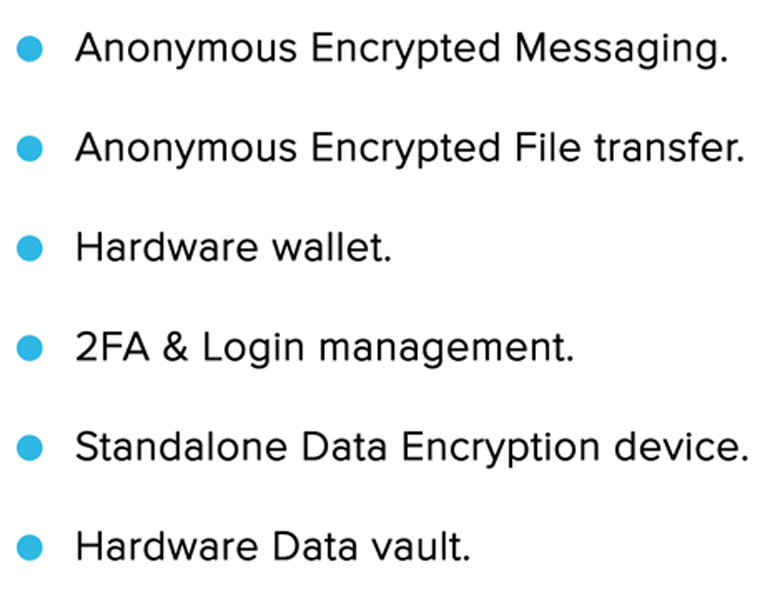
SECURYPTO ROADMAP
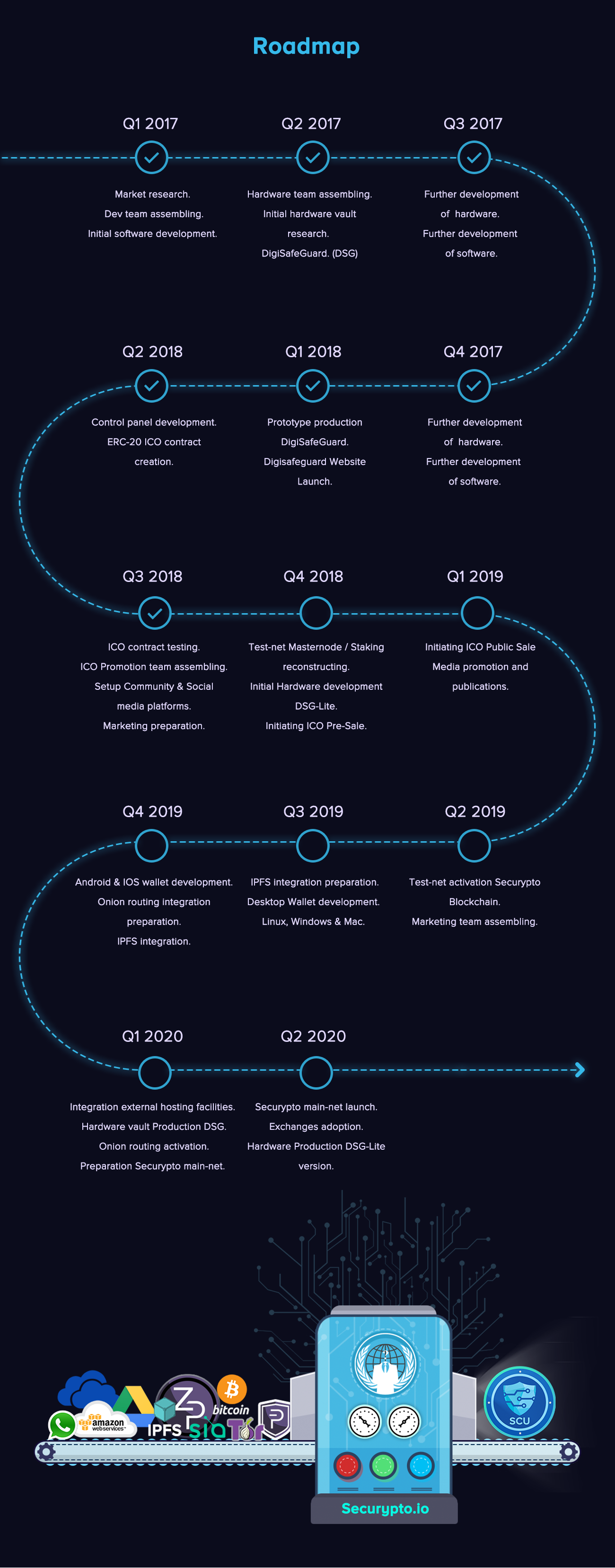.png)
Roadmap
Q1 2017
Market research
Dev team assembling.
Initial software development.
Q2 2017
Hardware team assembling.
Initial hardware vault research.
DigiSafeGuard. (DSG)
Q3 2017
Further development of hardware
Further development of software.
Q4 2017
Further development of hardware.
Further development of software.
Q1 2018
Prototype production DigiSafeGuard.
Digisafeguard Website Launch.
Q2 2018
Control panel development
ERC-20 ICO contract creation.
Q3 2018
ICO contract testing.
ICO Promotion team assembling.
Setup Community & Social media platforms.
Marketing preparation.
Q4 2018
Test-net Masternode / Staking reconstructing.
Initial Hardware development DSG-Lite.
Initiating ICO Pre-Sale.
Q1 2019
Initiating ICO Public Sale
Media promotion and publications.
Q2 2019
Test-net activation Securypto Blockchain.
Marketing team assembling.
Q3 2019
IPFS integration preparation.
Desktop Wallet development.
Linux, Windows & Mac.
Q4 2019
Android & IOS wallet development.
Onion routing integration preparation.
IPFS integration
Q1 2020
Integration external hosting facilities.
Hardware vault Production DSG.
Onion routing activation.
Preparation Securypto main-net.
Q2 2020
Securypto main-net launch.
Exchanges adoption.
Hardware Production DSG-Lite version.
SECURYPTO ICO AND TOKEN ANALYSIS
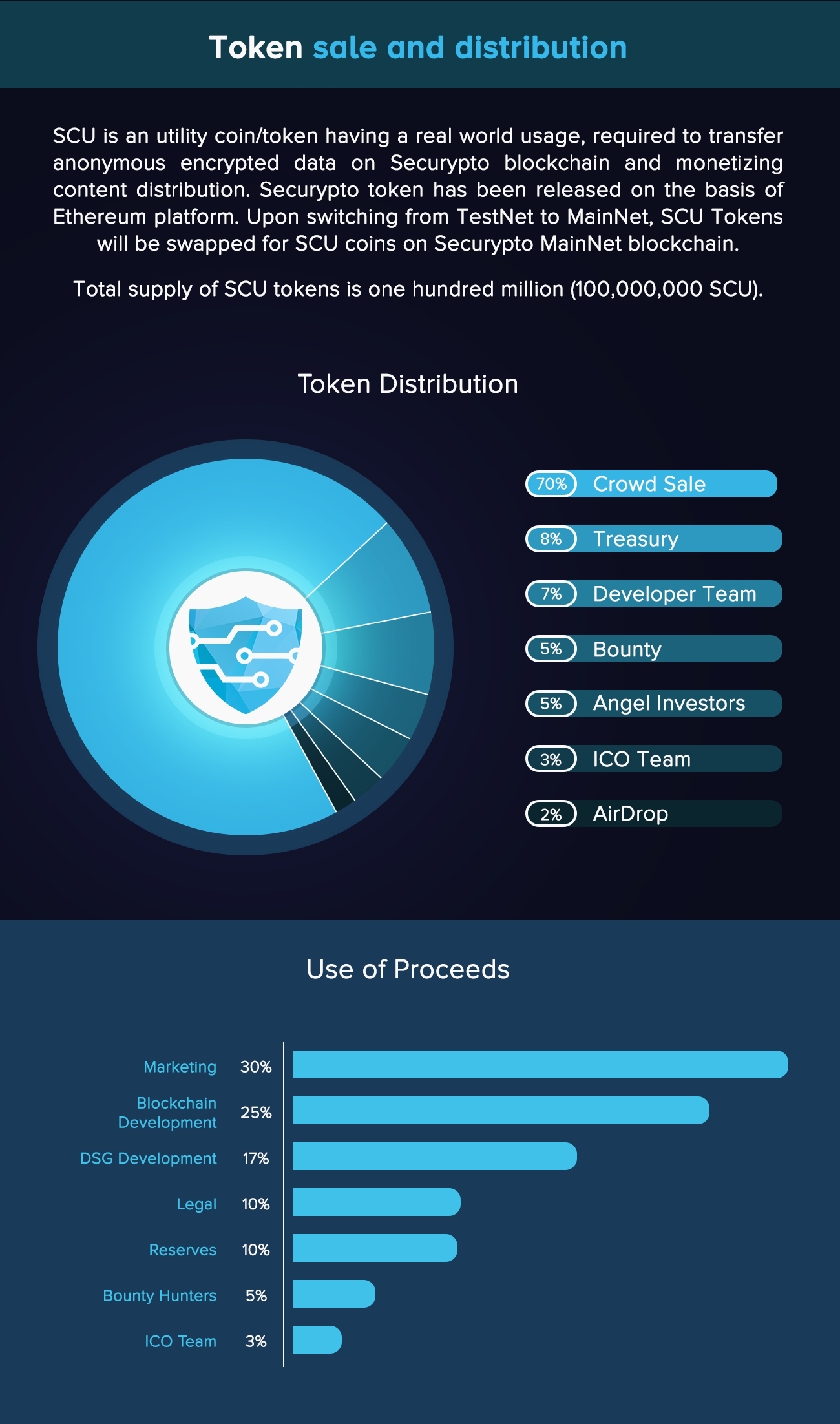.png)
SCU is an utility coin/token having a real world usage, required to transfer anonymous encrypted data on Securypto blockchain and monetizing content distribution. Securypto token has been released on the basis of Ethereum platform. Upon switching from TestNet to MainNet, SCU Tokens will be swapped for SCU coins on Securypto MainNet blockchain. Total supply of SCU tokens is one hundred million (100,000,000)
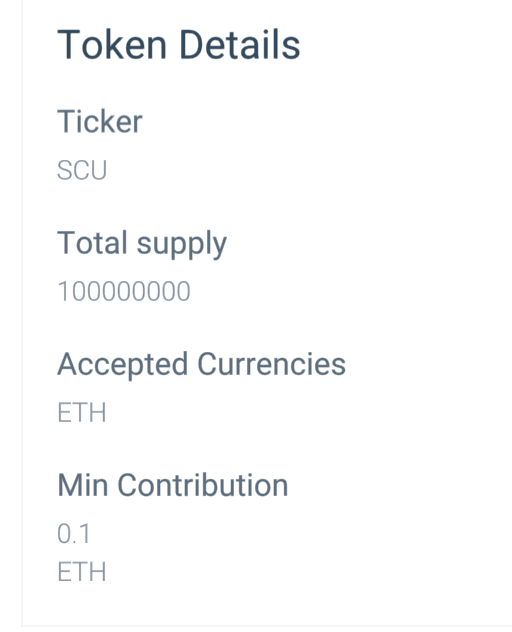
For more or further details, please! Kindly follow the links below:
★WEBSITE: https://www.securypto.io
★ANN TREAD:https://bitcointalk.org/index.php?topic=5055447
★TWITTER:https://twitter.com/Securypto
★TELEGRAM: https://t.me/securypto
★REDDIT:https://www.reddit.com/r/Securypto
★FACEBOOK:https://www.facebook.com/pg/securypto
★YOUTUBE:https://www.youtube.com/channel/UC_pkRGvL49nzA8JhSUgyOGQ
••BITCOINTALK PROFILE LINK:https://bitcointalk.org/index.php?action=profile;u=1907552;sa=summary